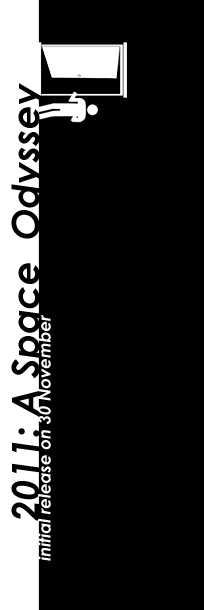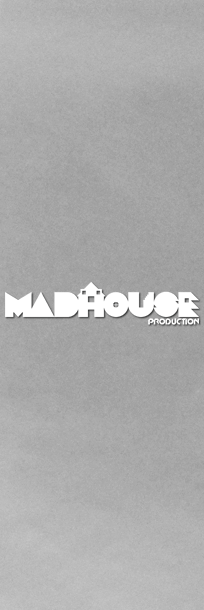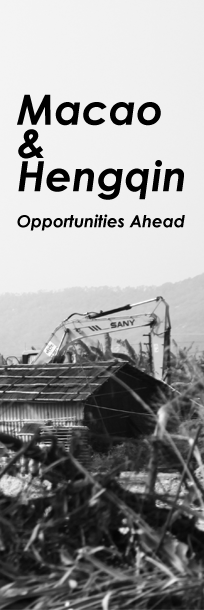
Impels Art, Space Needed
Cristal, Chan Kai Ian
Government efforts on cultural and creative industries in recent years have opened a window for more local artists through financial aids and spaces.
On a bustling square in Central Macao, a noticeable building Casa Amarela (黃屋仔) sits near the Ruins of St Paul’s. From the outside, the building is yellowish, Portuguese-styled and looks like another heritage spot, but inside the basement, the location of Macao Creative Pavilion gathers the art works produced by local artists.
Macao Creative Pavilion, kicked off in this March, is one of the early projects about developing the cultural and creative industries by the Cultural Affairs Bureau (ICM). About 20 booths are set up in the pavilion and each belongs to an artist or an art association.
Rather than a design concept store, it truly furnishes the local artists with another channel to reach the public and illustrate the creativity and uniqueness of their products. A larger room for development is provided as there is more exposure to their products.
“The concept and location of Macao Creative Pavilion are decent as it can be reached by the locals and tourists with ease. I appreciate it and hope that its scale can be enlarged to display more art works,” one of the visitors said.
AO2 handbag design shop, a local brand selling hand-made products founded in early 2005, is one of the participants in Macao Creative Pavilion.
“I can benefit from Macao Creative Pavilion as I actually do not need to pay a cent for the booth. The booth raises the awareness of my brand, bestows another space to display my designed bags and also brings me more business,” AoMan, the owner and designer of AO2 said.
Ribs, a local clothing brand joining Macao Creative Pavilion, was founded by five youths having a dream of starting a local brand in 2009, with part-time graphic designers.
Topman Ieong is a fresh graduate of Graphic Design from Macao Polytechnic Institute (IPM) and now the creative director and graphic designer of Ribs. As a fresh designer, he appreciates the support of ICM on the project of Macao Creative Pavilion.
Ieong explained that it is difficult for a fresh graduate to set up his or her own brand. Under the recent development of the cultural and creative industries, Ieong said that he could focus on his design work without necessarily spending his time on any administrative works. “Ribs showcases my works. Without restrictions imposed upon the design process, it brings my design inspiration into full play,” he said.
In fact, financial aids and development subsidies are part of the planning to impel the cultural and creative industries. “In these coming two years, ICM will put more resources on the expansion of the cultural and creative industries database, which is the network between the government and the local artists,” Chan Peng Fai, chief of Department for the Promotion of Cultural and Creative Industries, told Umac Bridges.
The database can provide ICM better information about the local artists. The government department contacts the local artists whose copes of work matched their promotion projects and offers them relevant resources, in terms of subsidies and space, Chan explained.
Space is one of the concerns of the local artists. “In the discussion of city planning, we proposed to revive the abandoned buildings and turn them into a space for the cultural and creative industries,” Chan suggested.
With the support of space and the financial aids from ICM, the local artists are provided with more opportunities. “There were not many channels to reach our goals before. BUt, it has been relatively easier for the artists to find their room for development in these few years and we can have greater freedom in our works,” Ieong commented.





